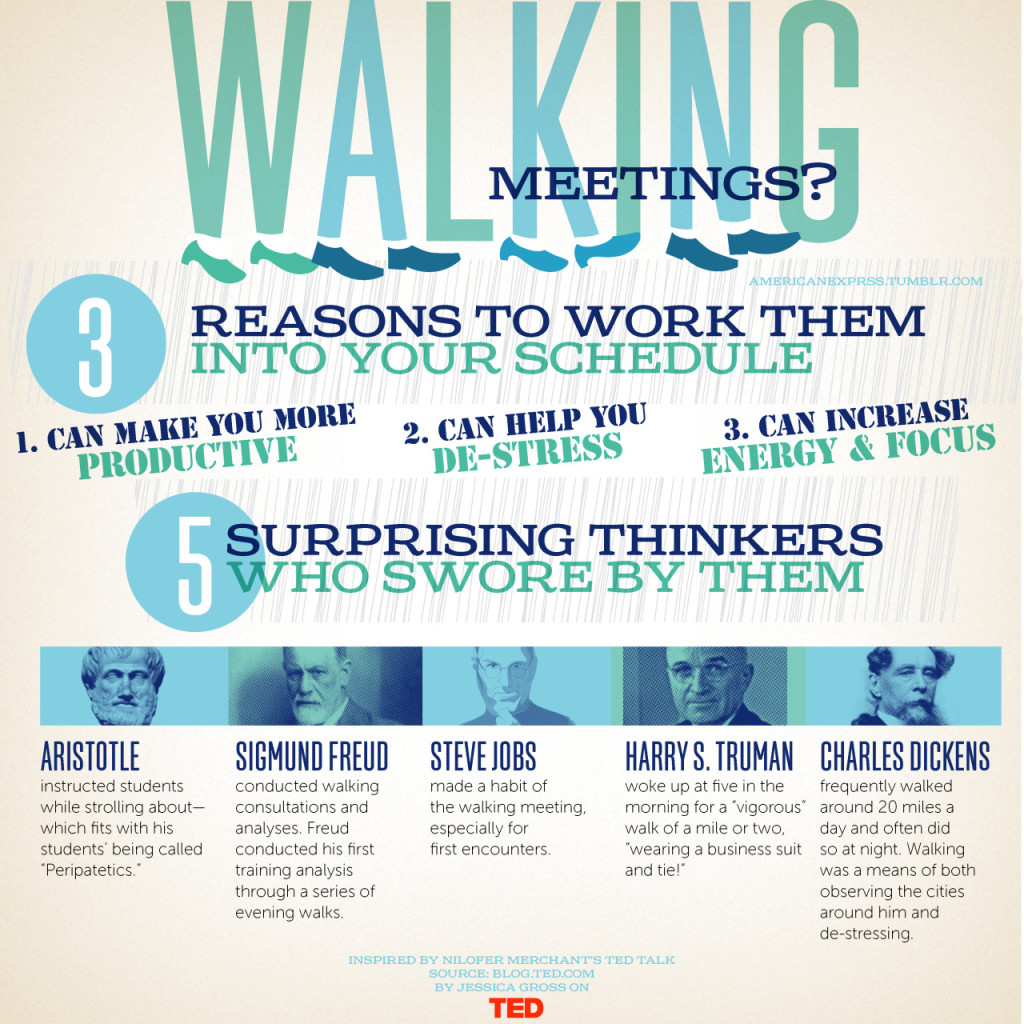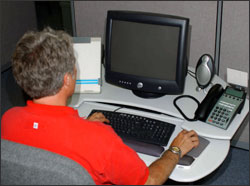We have reported frequently on the importance of moving — not sitting — regularly at work.
Of course, in some work environments, finding the time or space to move can be difficult (though, of course, we all can take stairs instead of elevators, hold walking meetings, etc.). A new study highlights the benefits of a simple antidote to sitting: Stand.
Reports the University of Pittsburgh: “Alternating positions between standing and sitting while performing deskwork could make the difference in whether the thin red needle in your bathroom scale tilts to the left or the right of your goal weight.”
“A new study from the University of Pittsburgh’s School of Education examined the potential weight management benefits of sit-stand desks. Pitt’s researchers found that regular use of a height-adjustable workstation, when combined with other low-intensity activities, is an effective measure for maintaining weight for most people.”
The study, titled “Energy expenditure of deskwork when sitting, standing or alternating positions,” was published by the Oxford Journal of Occupational Medicine.
Said Bethany Barone Gibbs, the study’s lead researcher and an assistant professor of health and physical activity within Pitt’s School of Education:
“Sit-stand desks are an easy way to get a boost in energy expenditure that fits into America’s current office culture. By combining the act of standing for part of the day with other casual activities—say, opting to walk to the printer farthest away from your work area or choosing to use the restroom that’s located a couple of flights of stairs away—you can achieve a meaningful amount of extra energy expenditure while at work that could aid in weight control. It is important that we understand standing at work isn’t going to burn as many calories as going for a brisk walk or a long run. However, our findings add to a growing field of research that shows the benefits of sit-stand desks, including increases in productivity and energy, and lower pain, blood sugar, and potentially blood pressure.”
The Pitt report continues:
“The study found that if an individual were to stand for half of one hour—30 minutes—they could burn 5.5 more calories than they would have by sitting for that entire hour. Standing for the full hour burned an extra 8.2 calories. Switching evenly between sitting and standing over the course of an eight-hour day—four hours sitting and four hours standing—could result in an energy expenditure of as much as 56.9 calories for men and 48.3 calories for women.”
Pitt’s researchers acknowledge that the actual caloric expenditure from using a sit-stand desk in isolation is modest. Within their research, they point to separate studies that suggest small increases in daily physical activity, just 100 calories per day, would be enough to prevent weight gain in most individuals. When aligned with such advice, researchers believe regular usage of sit-stand desks could be one of many small energy expenditure changes in the work environment that would help office workers to maintain their weight.


